-
Posts
1,232 -
Joined
-
Last visited
Content Type
Profiles
Forums
Gallery
Events
Posts posted by MESSIS
-
-
- GrandpaPhil, Cathead and mtaylor
-
 3
3
-
-
@Louie da fly thank you very much Steven.No I was aware of the reconstruction of Argo, but I wasnt aware of the youtube video. I just saw it.. . thank you.
What I have just seen, seems to be very near to what I had in mind out of my study. Though Argo is far shorter than I think a penteconter could have been .... I believe am more on the right side.
Argo (replica), is said to be 28 meters, but if you allow a meter plus (according to the trireme Olympias expirement) for each oar's man, then you got more than the 28 meters without the ικρία, thats the forecastle and quarter deck. Lionel Casson's calculations are favourable to my view that a penteconter reached 40 m. That as a maximum, because above that, other issues appear (frame dynamic behaviour problems), making (for example) the existence of an exiconter εξηκόντορος (60 oars) impossible. Ofcourse there are scholars who believe that there were smaller penteconters even 28 to 30 meters. (S.Mark - Homeric Seafahring)
I also have some minor objections concerning the beaklike bow, the colours the ornamentation etc
Thank you Steven for adding usefull information to my work.
Christos
-
- bruce d, GrandpaPhil, mtaylor and 2 others
-
 5
5
-
Upper deck, or the bridge connecting forecastle and quarterdeck/poop deck, is done. Now is time to begin planking,
That said, appears to me that I have to explain that this is not the way a penteconter was build. On the contrary, at those ages, it was the other way around, It was build with the shell-first construction method. That is the planking was made prior to the framing of the ship. The frames were coming after planking. Of course here I could not follow this method so I proceed as the usual method frame first and then planking, that is the method that came later, after the 7th century bc.
For the planking there is discussion. Were the ships planks those days joined together with mortise and tenons or if they were laced on each other. Although Homer describes Odysseus building a ship or some kind of a vessel, in order to leave Calypsos island, but although he explains clearly how Odysseus joins the planking, ‘’ he bored them all and fit them together and then with pegs and fasteners he hammer it together…” the various translations have produced a disagreement. In any case the laced method is the older method, that means that in Homers time most probably the new method -mortise-tenons- was used,
Lionel Casson and many other scholars believe that probably penteconter were build with the modern method of mortise and tenons. Also at the substantial period the laced method was mostly found in wrecks around Egypt.
-
@Louie da fly u r always welcome, as always!
- Louie da fly and mtaylor
-
 2
2
-
-
As first I had to extend the short keel of the Dusek bireme. The bireme has a length of 395mm, that represents a ship of 28 meters length. Far to short for the long ship of Odysseus which was between 35 and 40 meters. The bireme has two rows of oars, one above the other on each side, with 13 oars each row, where the Penteconter had a single row on each side, but with far more oars, 25 on each side.
- RussR, VTHokiEE, GrandpaPhil and 4 others
-
 7
7
-
Therefor the sources available are Homer’s works, Iliad ana Odyssey, the ancient vases of Homer’s life time, that is the time from the 8th to the 7th century bc and lastly the archaeological findings from the ship wrecks. Although is common knowledge that Homer’s epics refer to the Trojan war, that according to Heinrich Schliemann findings are dated in the 13th to the 12th century bc., Homer’s naval references correspond the naval reality of his life time.
Out of a study of the above topics, I came to the conclusion (and I am not the first to do so) that Odysseus ship was a πεντηκόντορος, a penteconter. It had, as also her Greek name designates, 50 oars. That is 25 in each side. It also had a single mast with a single square sail. It was a very long boat, hence this type of ship, even the smaller ones with 30 or 20 oars, were described as long vessels (νῆες μακραί, nḗes makraí ).
For the reconstruction project, of building Odysseus ship, I got two model ship kits from Dusek, that is the Greek bireme, in order to use/merge their elements and to by pass trivial work, which is supplied by the kits.
Christos
- ccoyle, RussR and Edwardkenway
-
 3
3
-
@Peta_V I tryie to see what size and shape of wood you have used for the waterway, but either the resolution of the pictures doesnt allow me, or you havent used any, it looks like the inner walls flush directly on the deck planking. Is that so?
Christos
-
Superb work! Thank you for sharing.
Christos
-
-
-
- DelF, GrandpaPhil, egkb and 2 others
-
 5
5
-
@DelF very nice! Well done, I wish mine will look as nice as yours
-
Thank you Derek, I could not find yours though.
Christos
-
-
-
- GrandpaPhil, RussR, egkb and 2 others
-
 5
5
-
@DelF thank you very much for your quick and extended reply. I guess you are very much correct saying that nails in 1/48 scale are "virtually invisible", and that's (dont forget) on a dark coloured wood. So yes you are pointing out the obvious, which I should have had realised already. Still am thinking of using a sharp pencil and punching very thin nails on the deck planking, on which I got a very lighted colour wood, where I suppose the nails are more likely to be seen even in a very faded out fashion.
But Derek, the most important point in your reply to me... is your building log. What a work! Congrats! Am going to spend some time on it, there are a lot of fine details worth looking at and its a great demonstration of a high level craftsmanship.
Thank you for all your important help sir.
Christos
-
wuao... thats a fine work!
-
-
@Kevin thank you very much... I hope I will enjoy it as you did.
-
Hermione now sits in my library on a nice furniture covered with glass. Coronivirus lock-down continuous though things look much better. In the last days Cyprus marks single digit numbers.
Actually I wasnt planning to start a new model so soon, but lock-down drove my hand to the cupboard where the R.Caroline kit was stored.
A kit in a scale that I really desire to build... where details can be seen, I hope. Its my second ship of the 18th century. After Hermione I though the scale and the rich decoration of this ship, it can become a much enjoyable build.
So am sailing again.- Jeff-E, chris watton, ccoyle and 5 others
-
 8
8

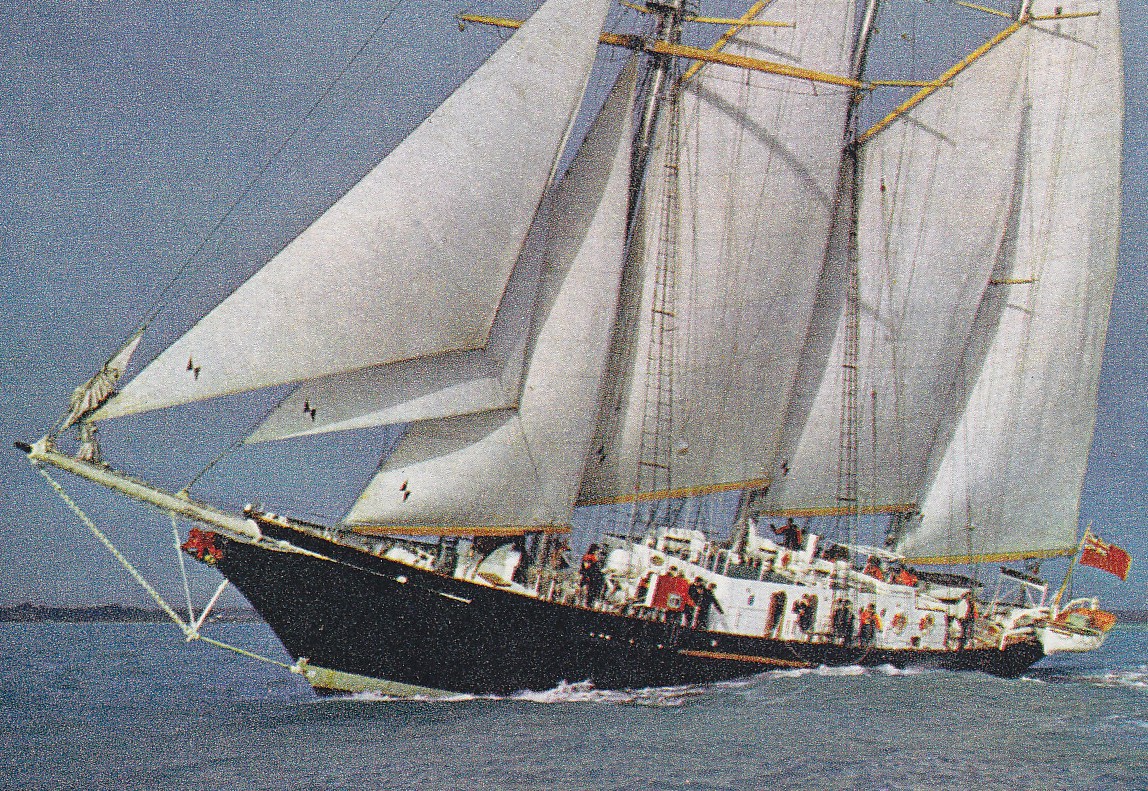

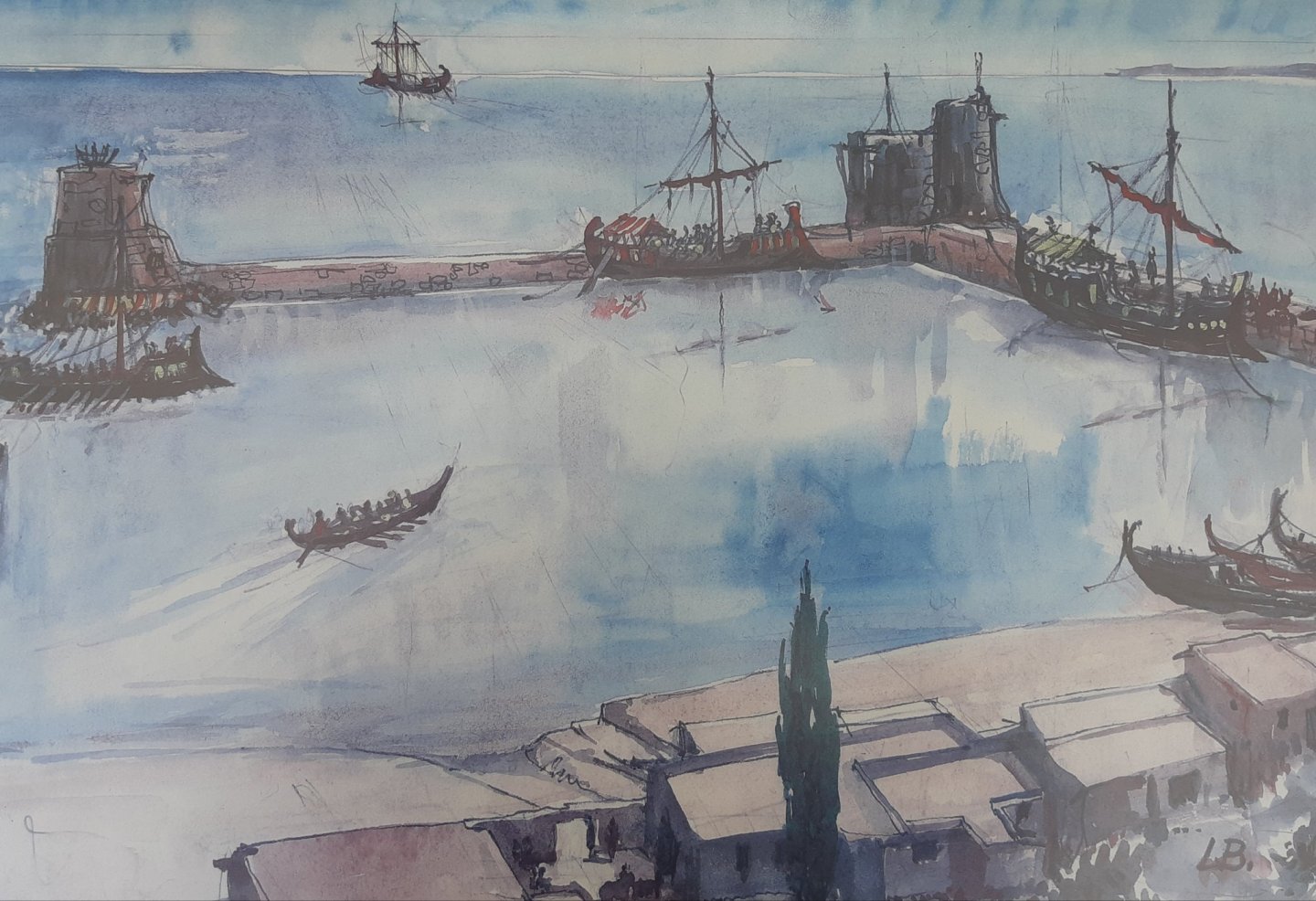
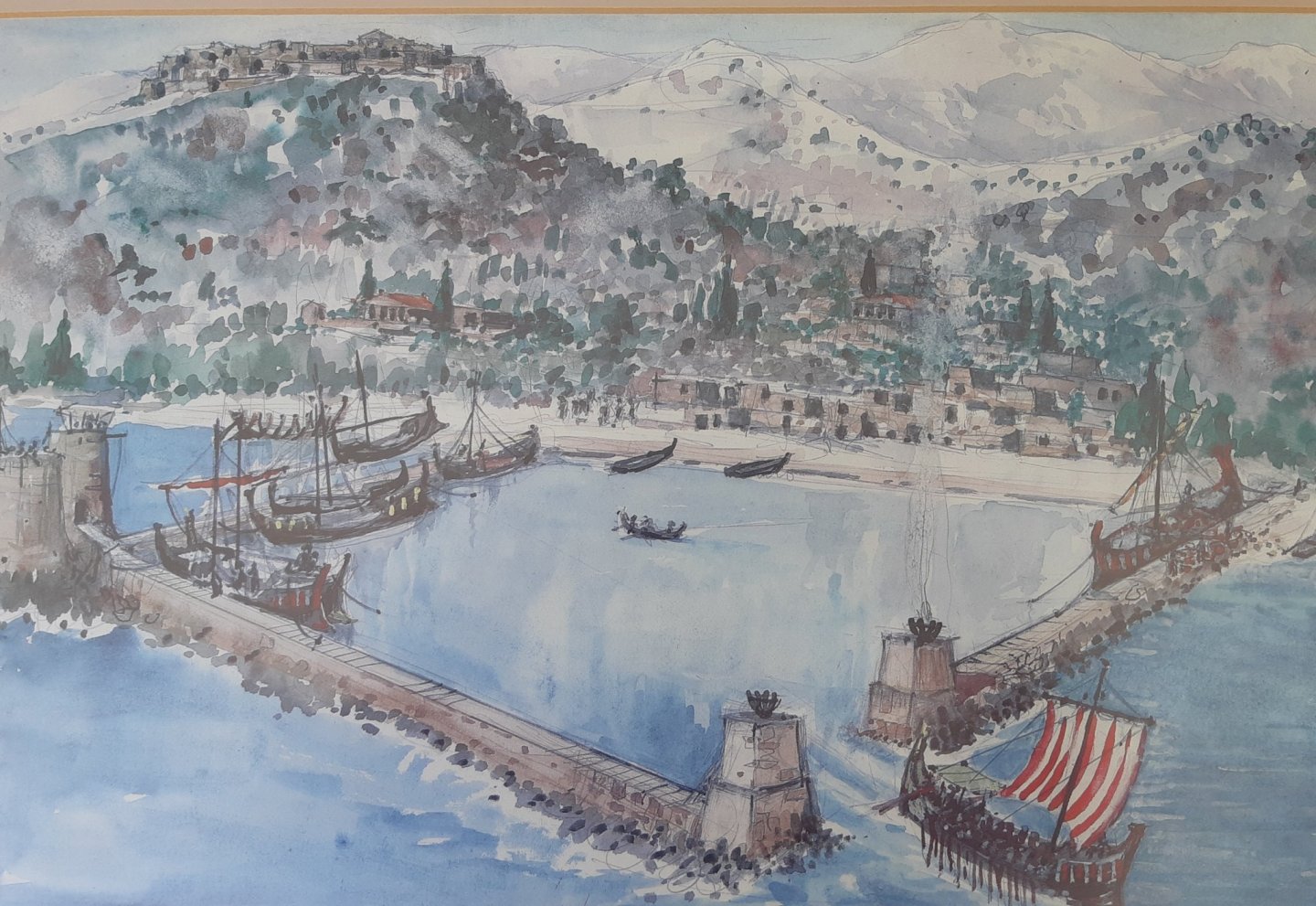
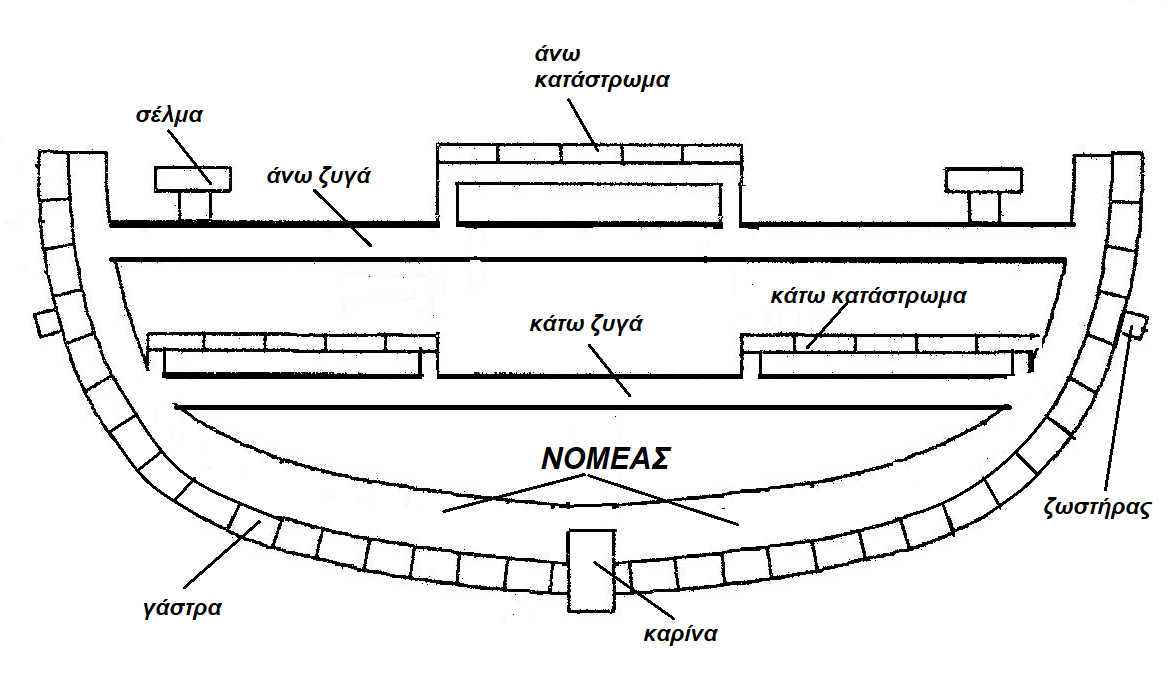
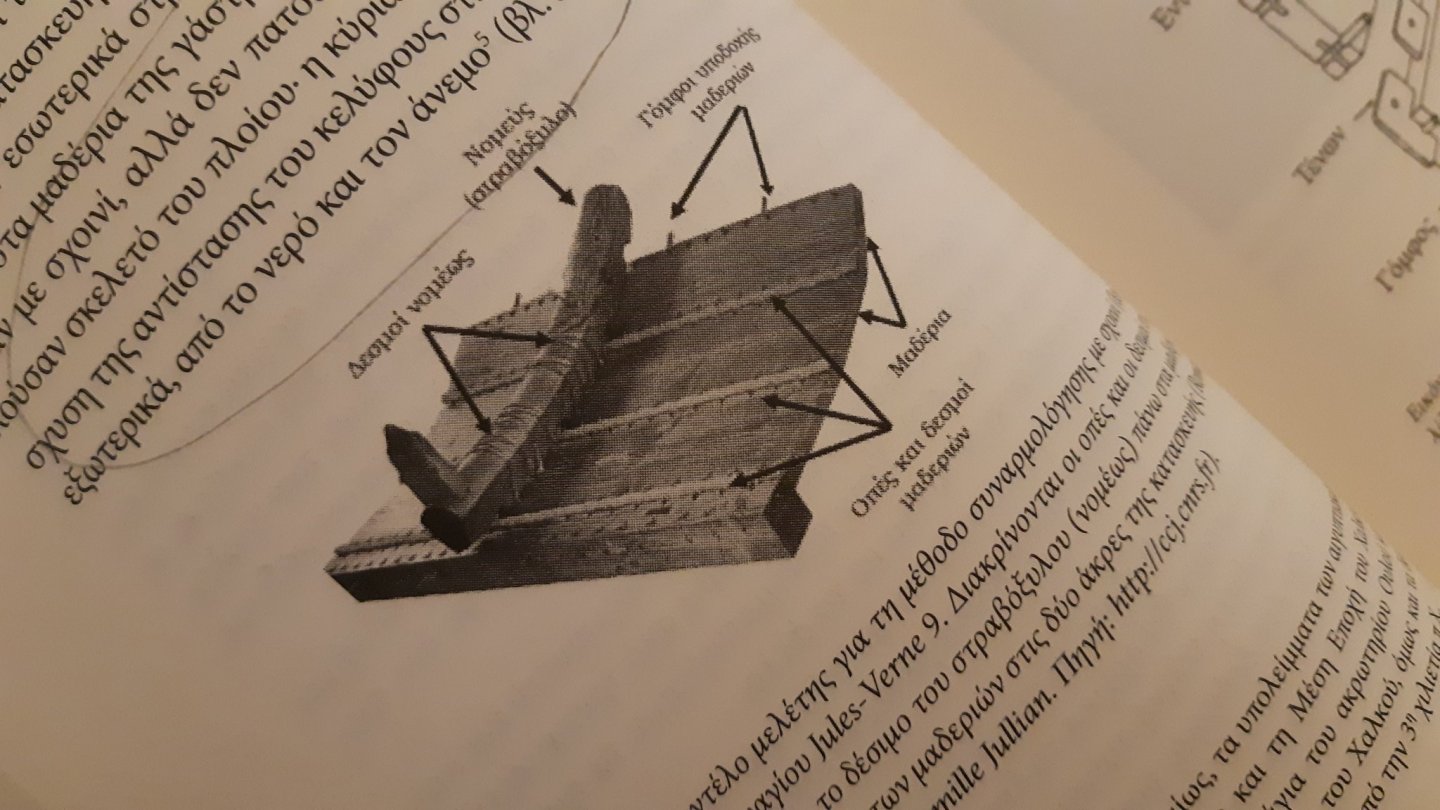
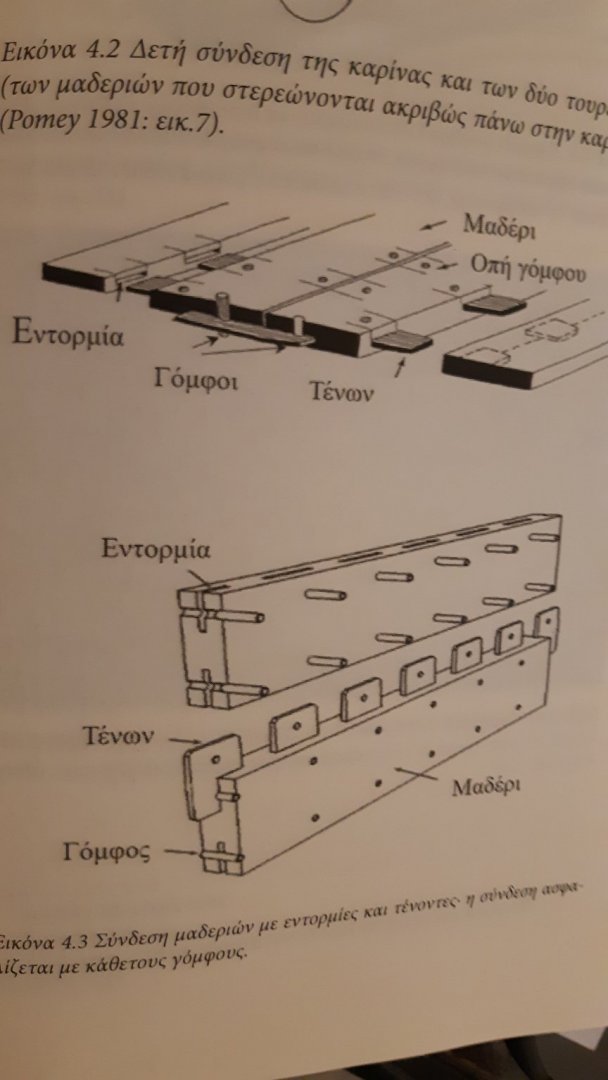
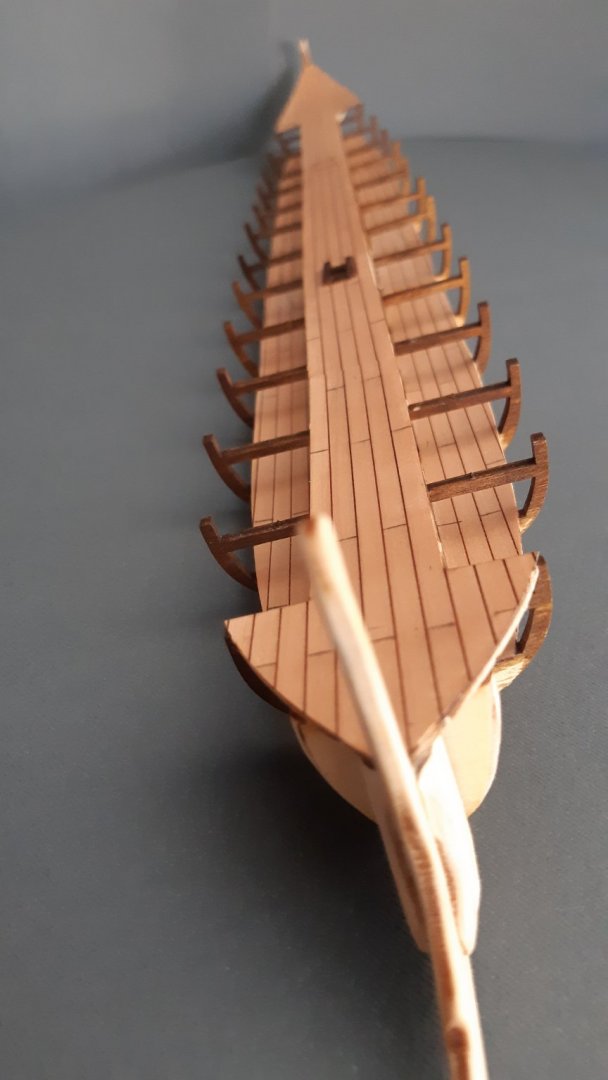
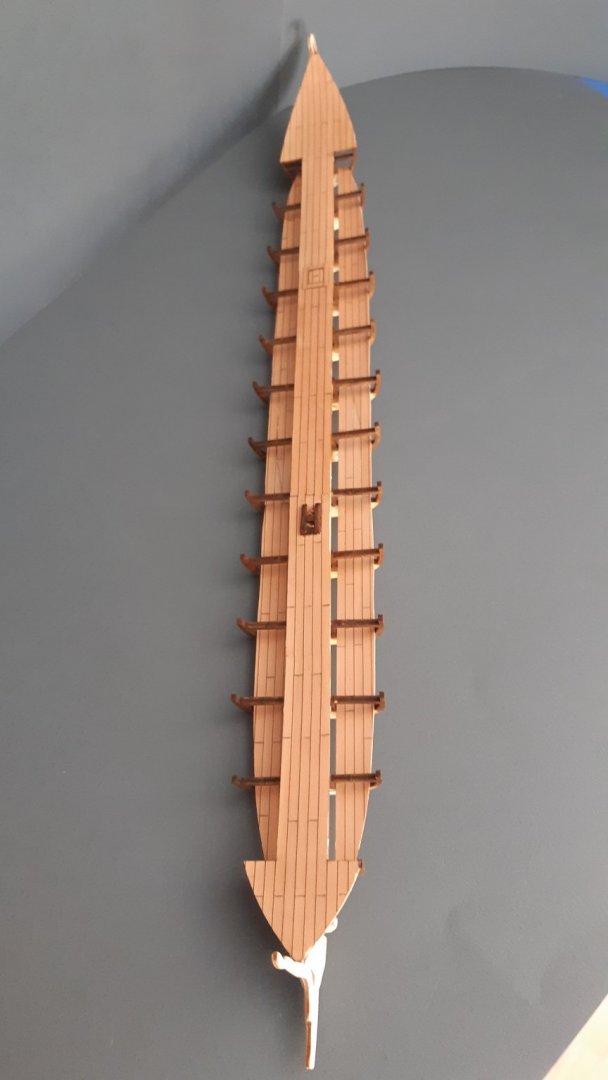
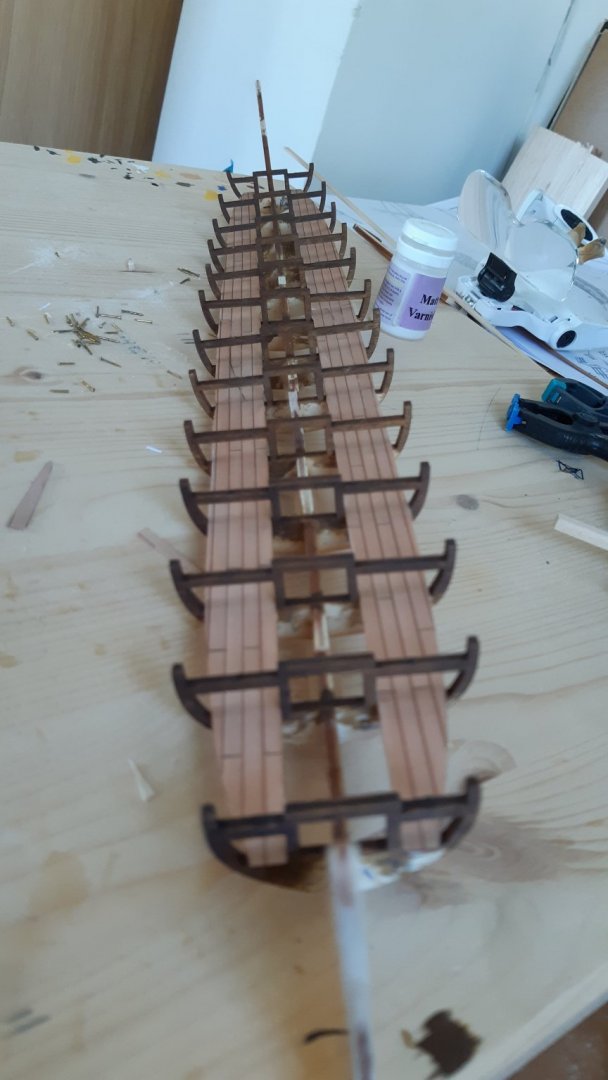
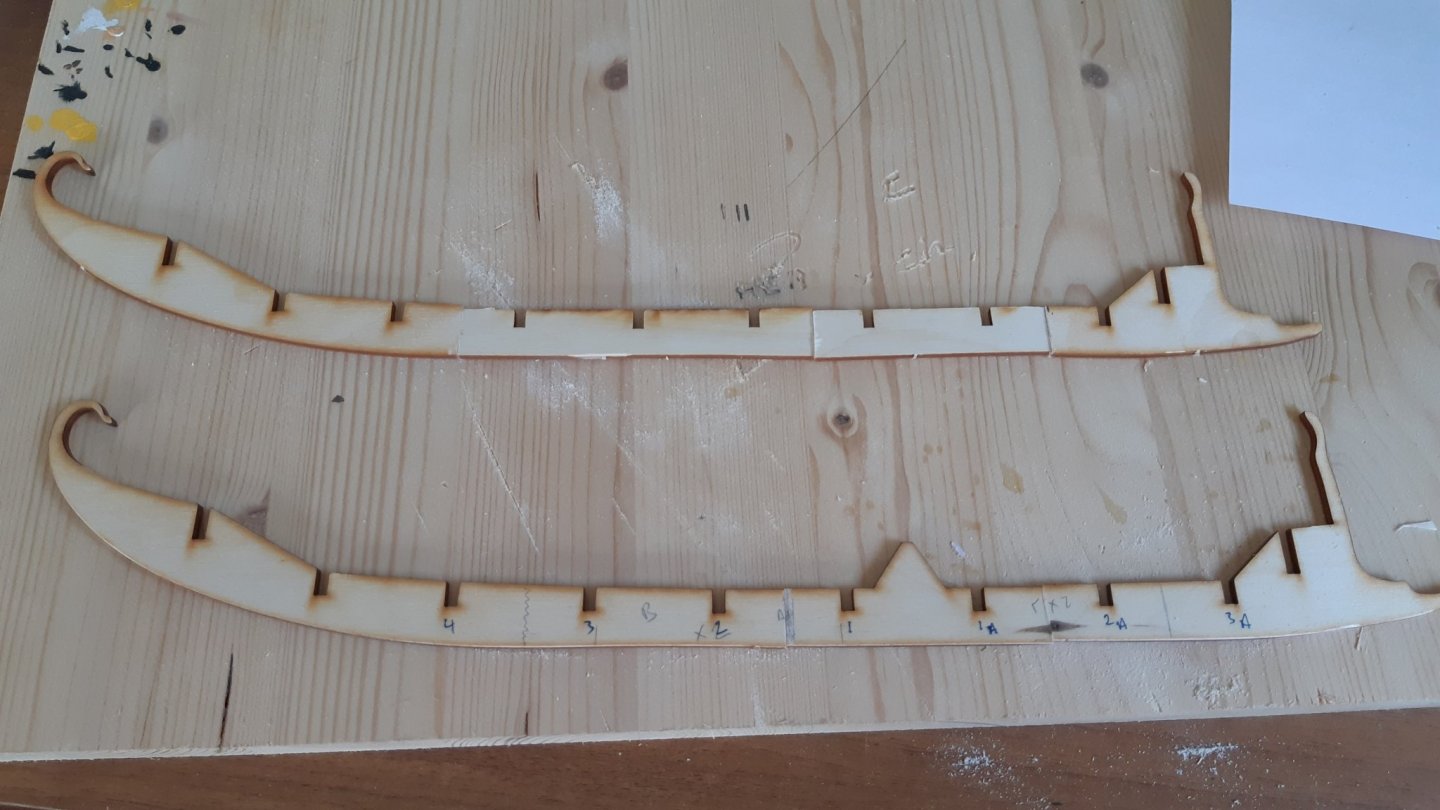
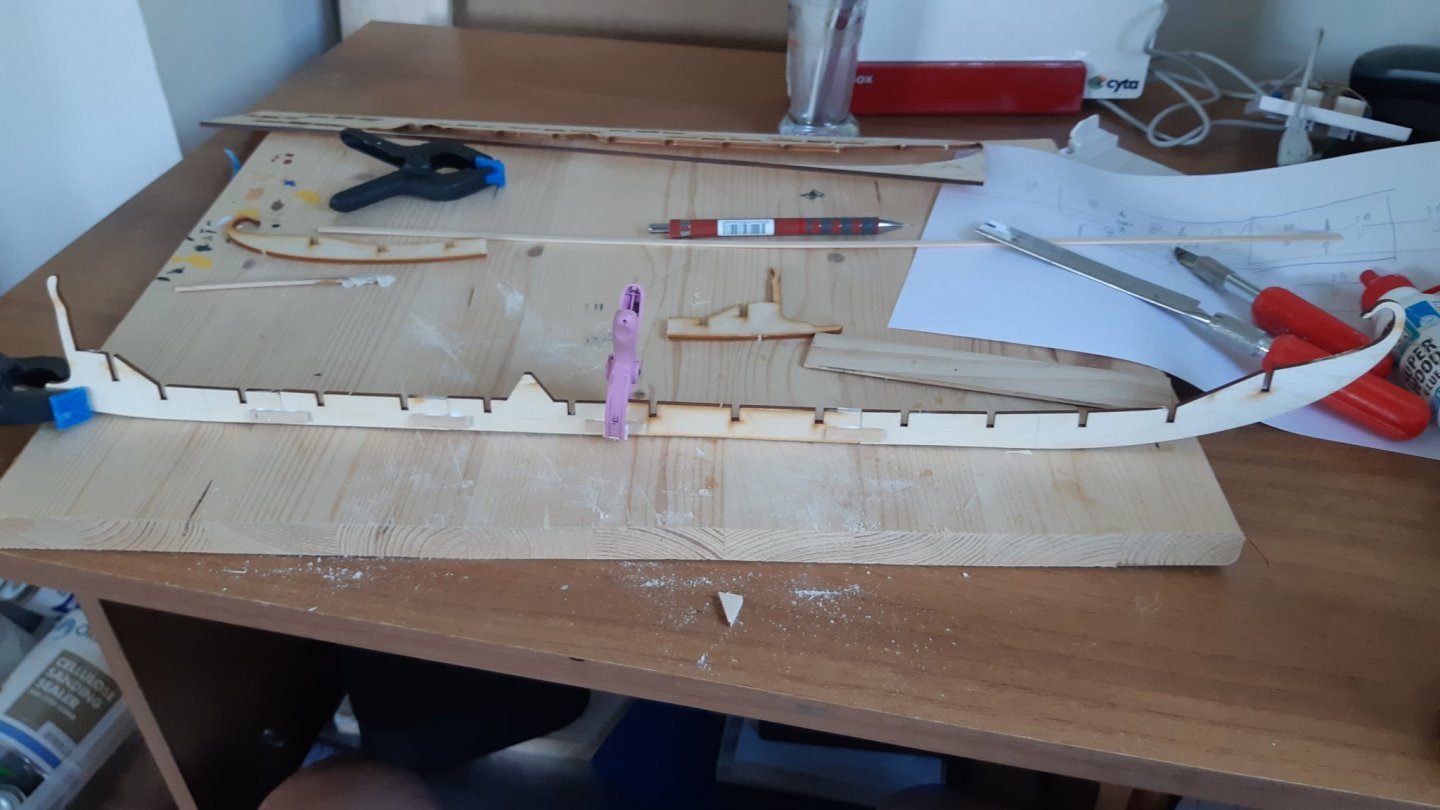
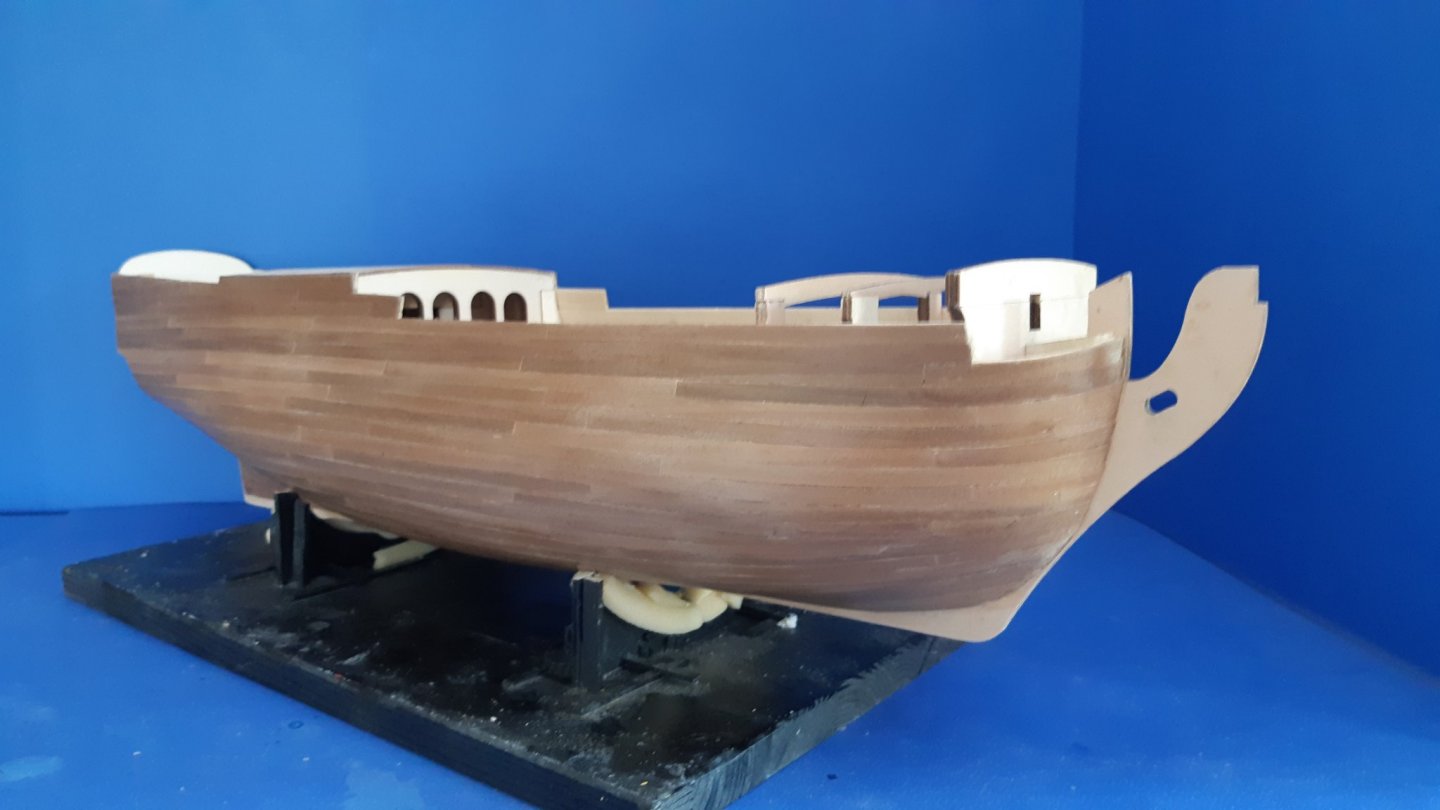
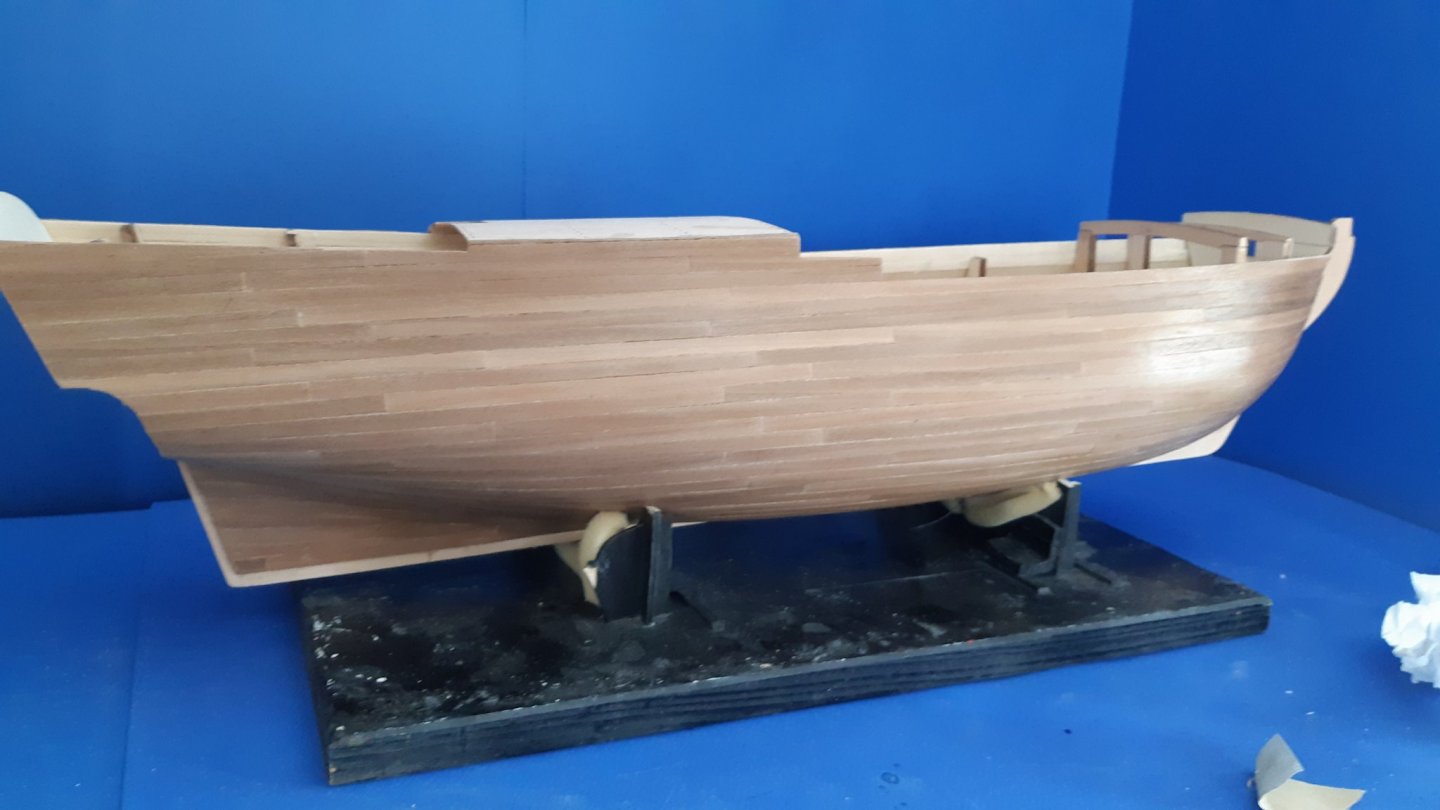
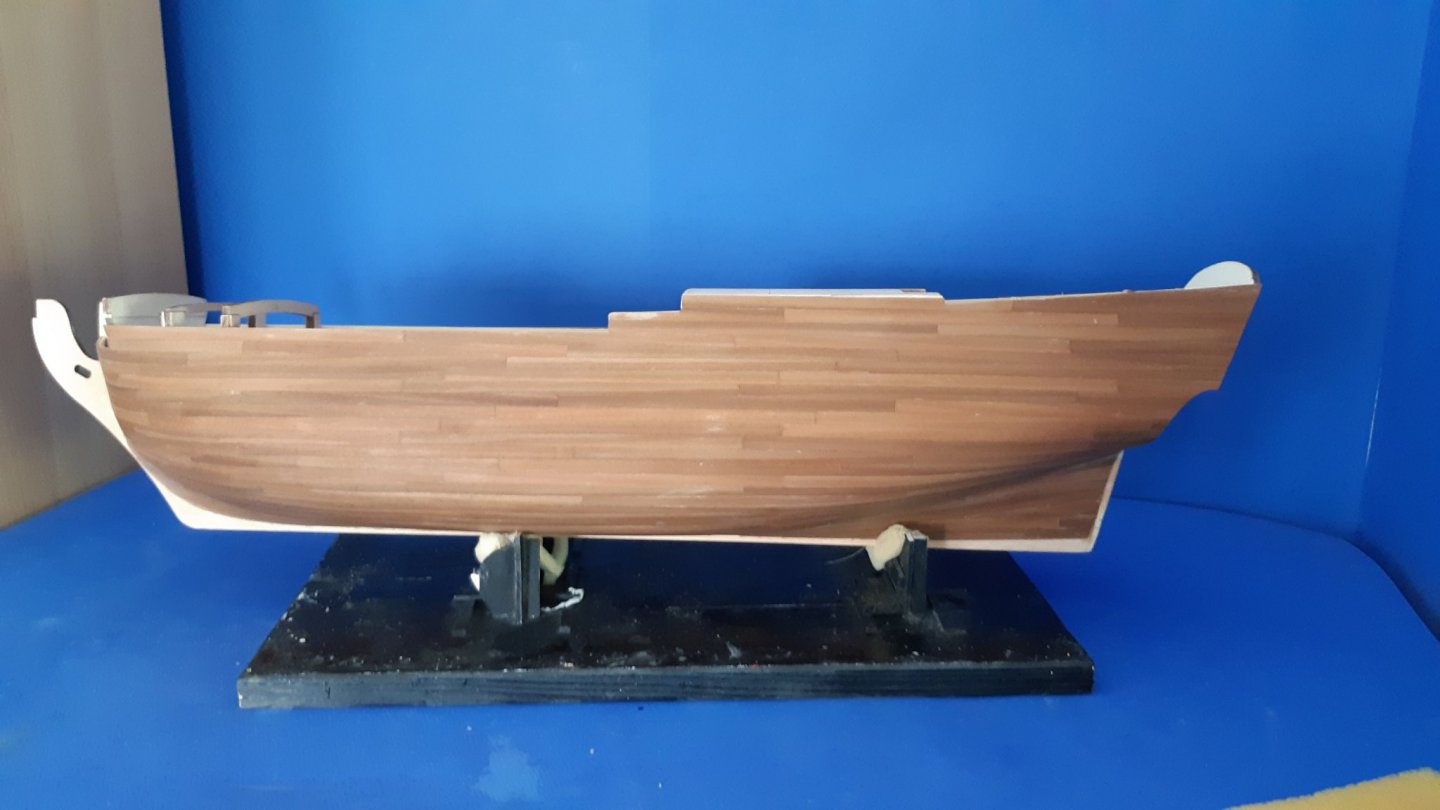

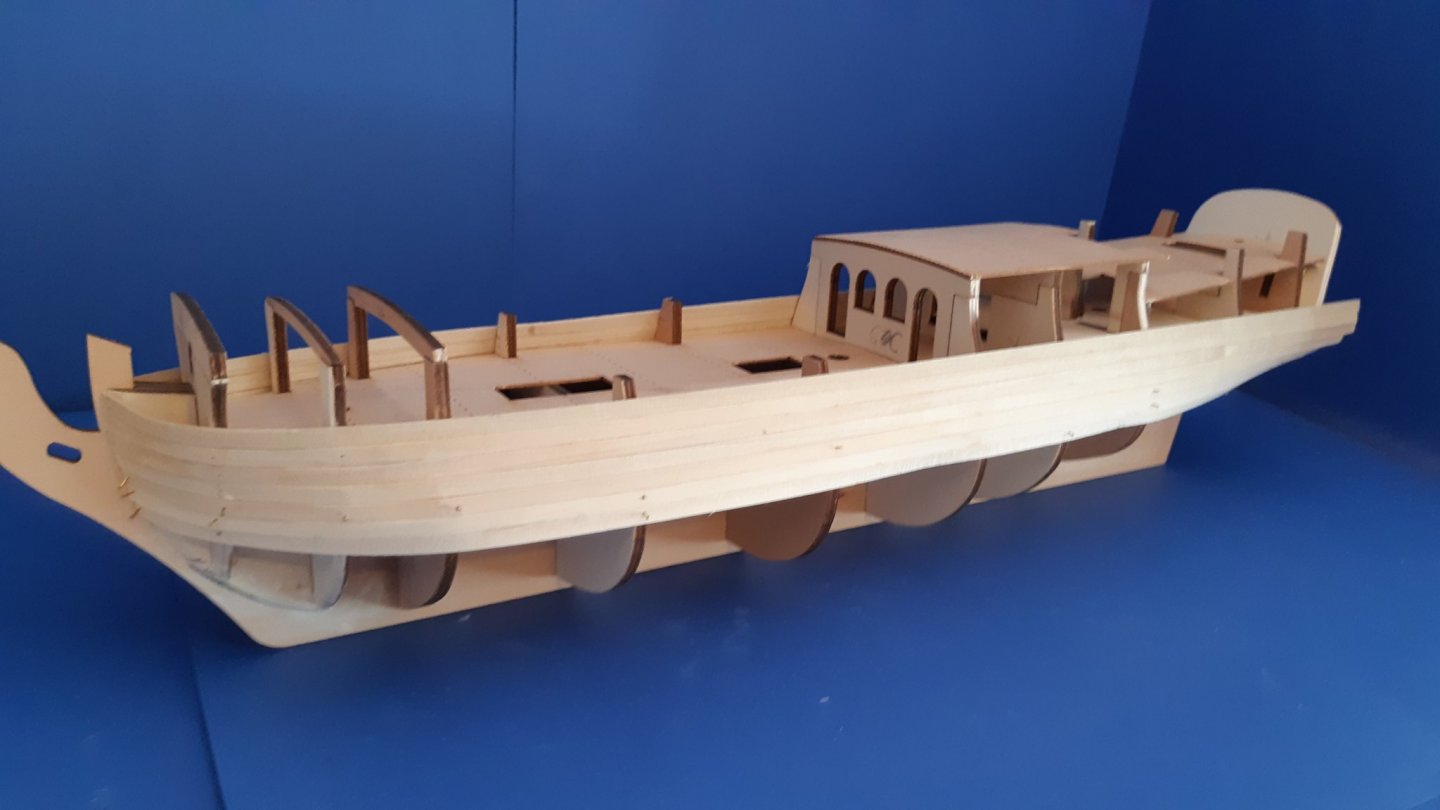
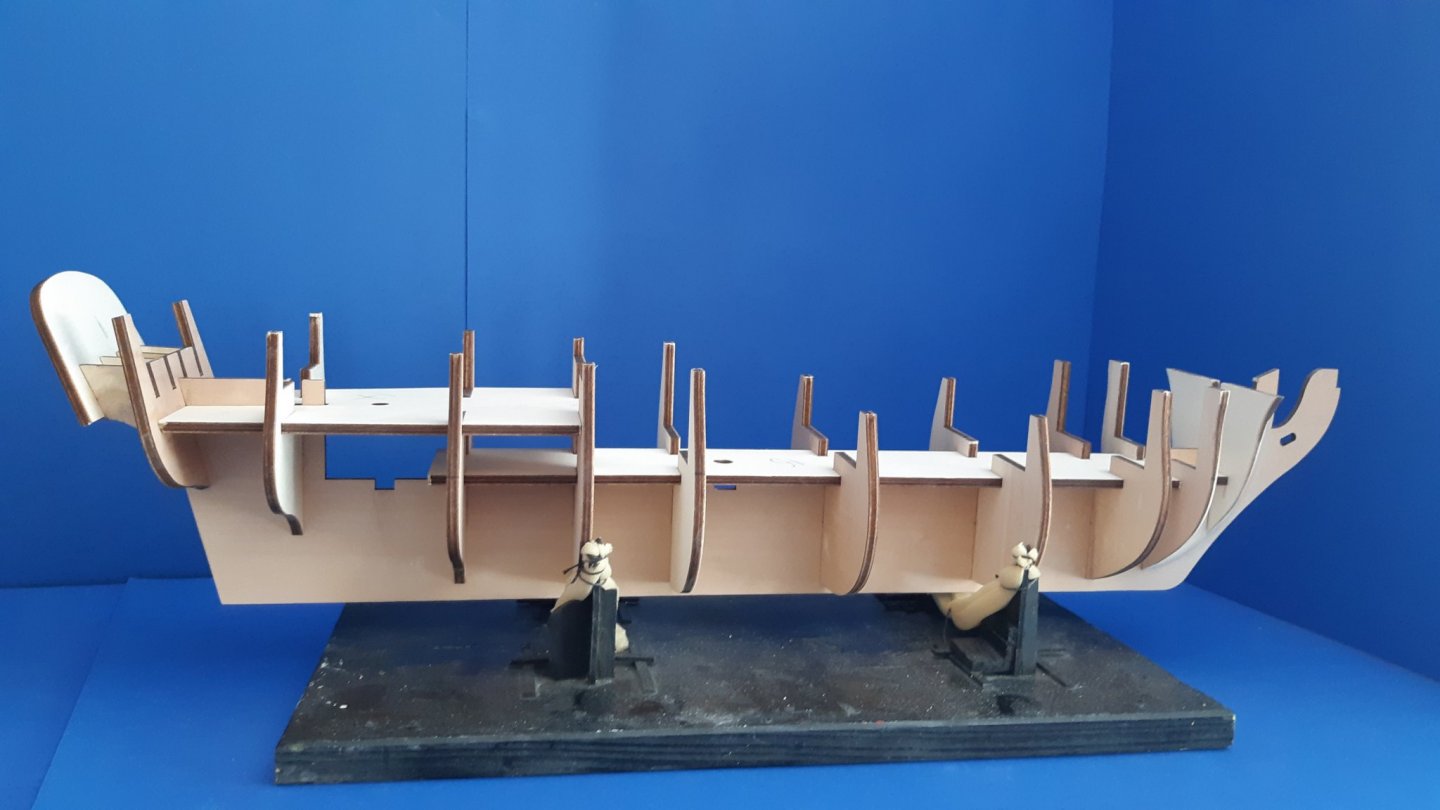
10th-11th century Byzantine dromon by Louie da fly - FINISHED - 1:50
in - Subjects built Up to and including 1500 AD
Posted
Its turning out wonderful! Its becoming colourful... it remains to make it cinemascope Steven....
Wonderful, its getting every day nicer. So... row your boat my friend.
Christos